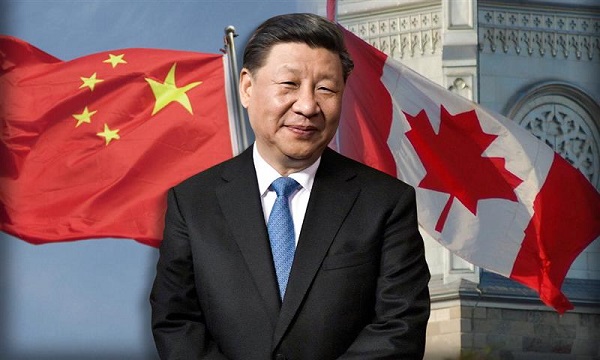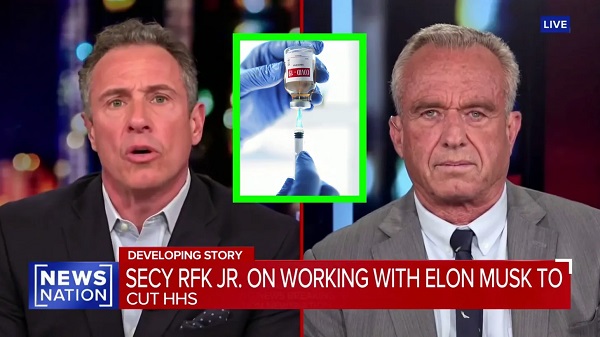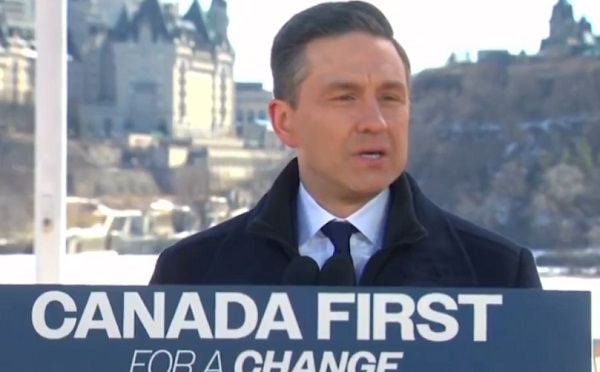Opinion
15:45, 40 Avenue crosswalk was a half-second and a half step from a disaster for a child

Tuesday June 20, 2017, approximately 3:45 pm, a crosswalk a half block from Eastview Middle School was a split second or half step away from a disaster.
Just north of the school zone, a student awaits to cross 40 Ave on the crosswalk. North bound city bus stops in the right hand lane. Oncoming southbound traffic stops and the student steps out and just as he gets to the second lane a truck goes roaring by in the passing lane. The student half ran and half flew back to the curb.
More vehicles flew by, the bus driver beeped his horn to warn the student, the driver leaned out the window and tried to slow traffic but only after several vehicles roared by before a vehicle stopped to let the young boy cross the road in a designated crosswalk.
The city has often times had a vehicle there doing the dreaded photo radar stint, and I can see why. These vehicles were doing more than 50 kmh just meters into the 50kmh zone in a crosswalk with children waiting to cross. It would be no contest who would lose between a small child trying to get home and a speeding truck or car.
What can the child do differently? Sprout wings? What can the drivers do? Slow down and think about your surroundings. A crosswalk, traffic is stopped, school zone, and pedestrians on the sidewalk may suggest something,
.Perhaps it is time to install lights at the crosswalk? Could we extend the 30 kmh zone past the crosswalk?
The problem is us, the drivers, we need to focus on our driving, not the clock or the destination, but on our driving. That child wanted to get home, perhaps he was hungry, had to use the facilities or even wanted to play a game or watch television, but he did not have tonnes of steel protecting him, or hundreds of horses helping him hurry. The drivers had the advantage and they used it.
The irony is that some of those drivers were parents picking up their children, worrying about their children’s safety. Probably rushing home to make dinner, before playing ball, or watching their favourite show. Being the danger that they try to protect their children from.
I do not think that the drivers were even aware of how close they came to injuring or killing a child. They probably just thought bus was stopped at a bus stop, the cars were stopped to drop off or pick up children.
If we can’t fix the drivers, can we install lights or do we need a footbridge to protect our children?
I do know that I will be glad to see that photo radar vehicle just north of Eastview Middle School next time.
2025 Federal Election
Liberal MP Paul Chiang Resigns Without Naming the Real Threat—The CCP


 Dan Knight
Dan Knight
After parroting a Chinese bounty on a Canadian citizen, Chiang exits the race without once mentioning the regime behind it—opting instead to blame “distractions” and Donald Trump.
So Paul Chiang is gone. Stepped aside. Out of the race. And if you’re expecting a moment of reflection, an ounce of honesty, or even the basic decency to acknowledge what this was really about—forget it.
In his carefully scripted resignation statement, Chiang didn’t even mention the Chinese Communist Party. Not once. He echoed a foreign bounty placed on a Canadian citizen—Joe Tay—and he couldn’t even bring himself to name the regime responsible.
Instead, he talked about… Donald Trump. That’s right. He dragged Trump into a resignation about repeating CCP bounty threats. The guy who effectively told Canadians, “If you deliver a Conservative to the Chinese consulate, you can collect a reward,” now wants us to believe the real threat is Trump?
I haven’t seen Donald Trump put bounties on Canadian citizens. But Beijing has. And Chiang parroted it like a good little foot soldier—and then blamed someone who lives 2,000 miles away.
But here’s the part you can’t miss: Mark Carney let him stay.
Let’s not forget, Carney called Chiang’s comments “deeply offensive” and a “lapse in judgment”—and then said he was staying on as the candidate. It wasn’t until the outrage hit boiling point, the headlines stacked up, and groups like Hong Kong Watch got the RCMP involved, that Chiang bailed. Not because Carney made a decision—because the optics got too toxic.
And where is Carney now? Still refusing to disclose his financial assets. Still dodging questions about that $250 million loan from the Bank of China to the firm he chaired. Still giving sanctimonious speeches about “protecting democracy” while his own caucus parrots authoritarian propaganda.
If you think Chiang’s resignation fixes the problem, you’re missing the real issue. Because Chiang was just the symptom.
Carney is the disease.
He covered for it. He excused it. He enabled it. And now he wants to pose as the man who will stand up to foreign interference?
He can’t even stand up to it in his own party.
So no, we’re not letting this go. Chiang may be gone—but the stench is still in the room. And it’s wearing a tailored suit, smiling for the cameras, and calling itself “leader of the Liberal Party.”
2025 Federal Election
PM Carney’s Candidate Paul Chiang Steps Down After RCMP Confirms Probe Into “Bounty” Comments

 Sam Cooper
Sam Cooper
Just after midnight Monday, Liberal MP Paul Chiang announced he is stepping down as the Liberal candidate in Markham–Unionville — hours after Canada’s federal police confirmed it was “looking into” allegations that he endorsed handing a political rival to a foreign government in exchange for a bounty.
“This is a uniquely important election with so much at stake for Canadians,” Chiang wrote in a late-night statement. “I do not want there to be distractions in this critical moment. That’s why I’m standing aside as our 2025 candidate.”
The announcement followed a day of escalating controversy, triggered by The Bureau’s Friday report and a series of breaking developments over the weekend and Monday, detailing Chiang’s remarks at a January meeting with Chinese-language media.
At a January news conference with Chinese-language media, Chiang suggested that Joe Tay’s criminal charge in Hong Kong would create a “great controversy” if he were elected to Parliament, according to the Ming Pao newspaper. He then reportedly crossed into territory that Hong Kong rights groups have asked the RCMP to investigate — potentially amounting to counselling kidnapping and violating Canada’s foreign interference laws — by suggesting that Tay, a Canadian citizen wanted under Hong Kong’s National Security Law, could be “taken” to the Chinese Consulate in Toronto to claim a HK$1 million bounty.
The UK-based human rights NGO Hong Kong Watch filed a formal letter to RCMP Commissioner Mike Duheme on Monday morning, requesting a criminal investigation. The letter alleged Chiang’s comments may amount to “counselling to commit kidnapping” under Canada’s Criminal Code, and potentially violate the new Foreign Interference and Security of Information Act.
By late evening, the RCMP confirmed it was “looking into the matter,” citing the serious and growing threat of foreign interference and transnational repression. While no criminal charges have been laid, and no details about potential protective measures have been released, the federal police said it is working closely with intelligence and law enforcement partners.
Chiang did not reference the controversy directly in his resignation statement, instead framing his decision as a step to protect the broader interests of the Liberal campaign. He expressed pride in his record and gratitude to his community.
“For the past three-and-a-half years, it has been the greatest honour of my life to serve the people of Markham–Unionville as their Member of Parliament,” he wrote. “Every single day, I served with integrity and worked to deliver results.”
The move comes after mounting calls for Chiang’s removal, including from more than 40 Hong Kong diaspora groups and international human rights advocates who said his remarks endorsed Beijing’s tactics of transnational repression. Joe Tay, the Conservative candidate targeted in the remarks, revealed Monday that he had contacted the RCMP for personal protection even before the comments were made public.
Chiang had previously apologized for what he called a “terrible lapse in judgment,” but had retained the backing of Prime Minister Mark Carney — until Monday night.
More to come on this breaking story.
The Bureau is a reader-supported publication.
To receive new posts and support my work, consider becoming a free or paid subscriber.
-

 2025 Federal Election1 day ago
2025 Federal Election1 day agoJoe Tay Says He Contacted RCMP for Protection, Demands Carney Fire MP Over “Bounty” Remark
-

 Censorship Industrial Complex2 days ago
Censorship Industrial Complex2 days agoWelcome to Britain, Where Critical WhatsApp Messages Are a Police Matter
-

 2025 Federal Election1 day ago
2025 Federal Election1 day agoPoilievre To Create ‘Canada First’ National Energy Corridor
-

 2025 Federal Election2 days ago
2025 Federal Election2 days agoChinese Election Interference – NDP reaction to bounty on Conservative candidate
-

 2025 Federal Election1 day ago
2025 Federal Election1 day agoHong Kong-Canadian Groups Demand PM Carney Drop Liberal Candidate Over “Bounty” Remark Supporting CCP Repression
-

 Daily Caller14 hours ago
Daily Caller14 hours agoBiden Administration Was Secretly More Involved In Ukraine Than It Let On, Investigation Reveals
-

 2025 Federal Election1 day ago
2025 Federal Election1 day agoFixing Canada’s immigration system should be next government’s top priority
-

 2025 Federal Election1 day ago
2025 Federal Election1 day agoLondon-Based Human Rights Group Urges RCMP to Investigate Liberal MP for Possible Counselling of Kidnapping










